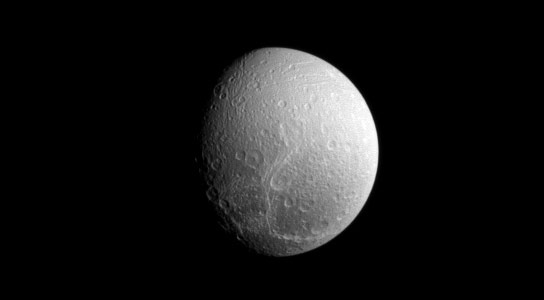
The recently unveiled Cassini image displays a sequence of recently formed geological fractures on the surface of Saturn’s moon, Dione. Credit: NASA/JPL-Caltech/Space Science Institute
This newly released Cassini image shows a series of geologically fresh fractures on the surface of Dione.
Although the crack-like features seen here on Dione’s surface appear wispy and faded, they are in reality a series of geologically fresh fractures.
See PIA10560 to learn more about Dione’s wispy terrain.
Lit terrain seen here is on the trailing hemisphere of Dione. North on Dione (698 miles, or 1,123 kilometers across) is up and rotated 29 degrees to the left. The image was taken in visible light with the Cassini spacecraft narrow-angle camera on September 10, 2013.
The view was acquired at a distance of approximately 554,000 miles (892,000 kilometers) from Dione. Image scale is three miles (five kilometers) per pixel.
The Cassini-Huygens mission is a cooperative project of NASA, the European Space Agency, and the Italian Space Agency. The Jet Propulsion Laboratory, a division of the California Institute of Technology in Pasadena, manages the mission for NASA’s Science Mission Directorate, Washington, D.C. The Cassini orbiter and its two onboard cameras were designed, developed and assembled at JPL. The imaging operations center is based at the Space Science Institute in Boulder, Colorado.
For more information about the Cassini-Huygens mission visit http://saturn.jpl.nasa.gov. The Cassini imaging team homepage is at http://ciclops.org.

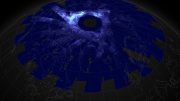
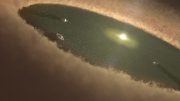


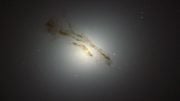


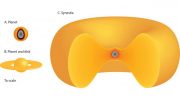
Be the first to comment on "Cassini Views the Wisps of Dione"